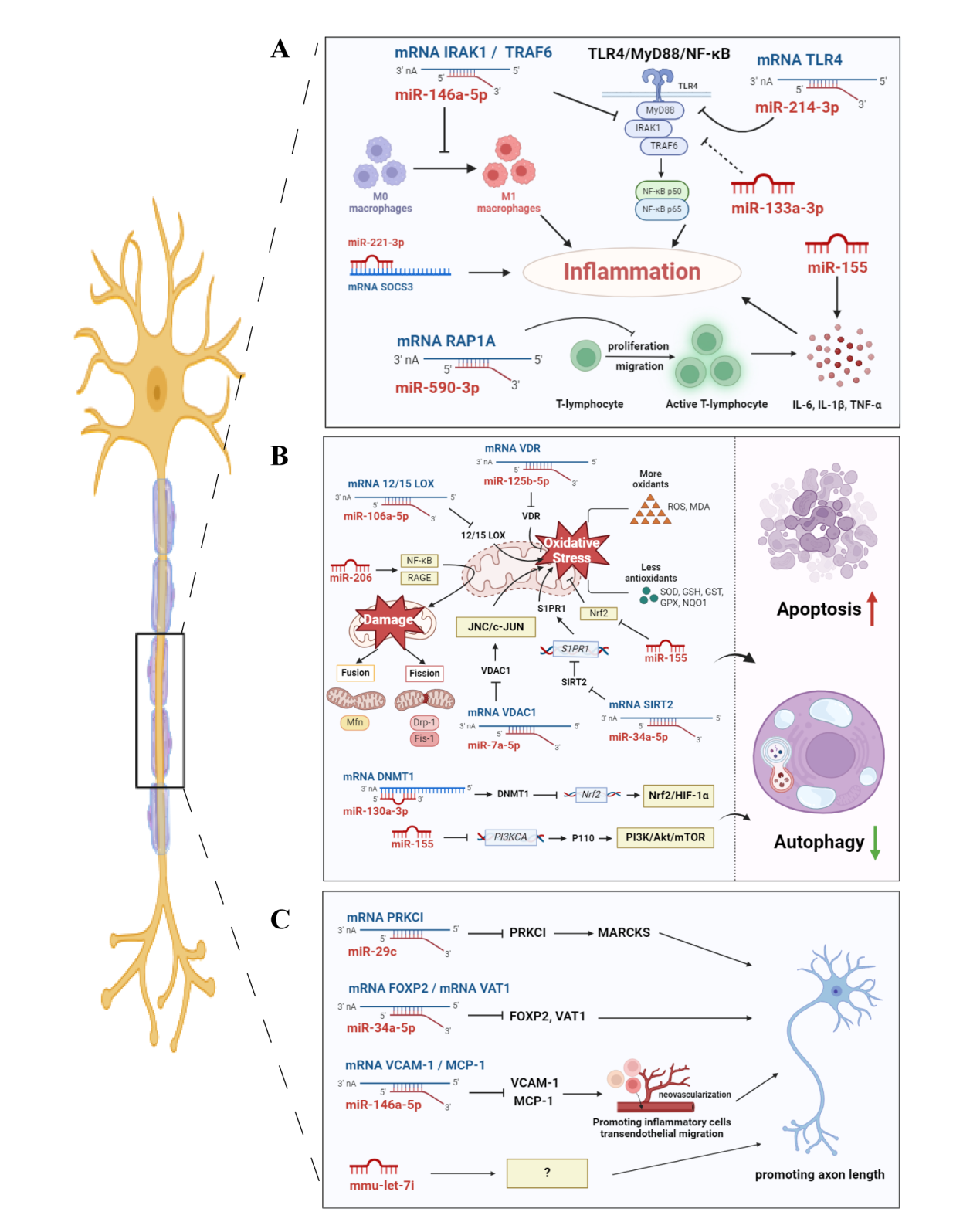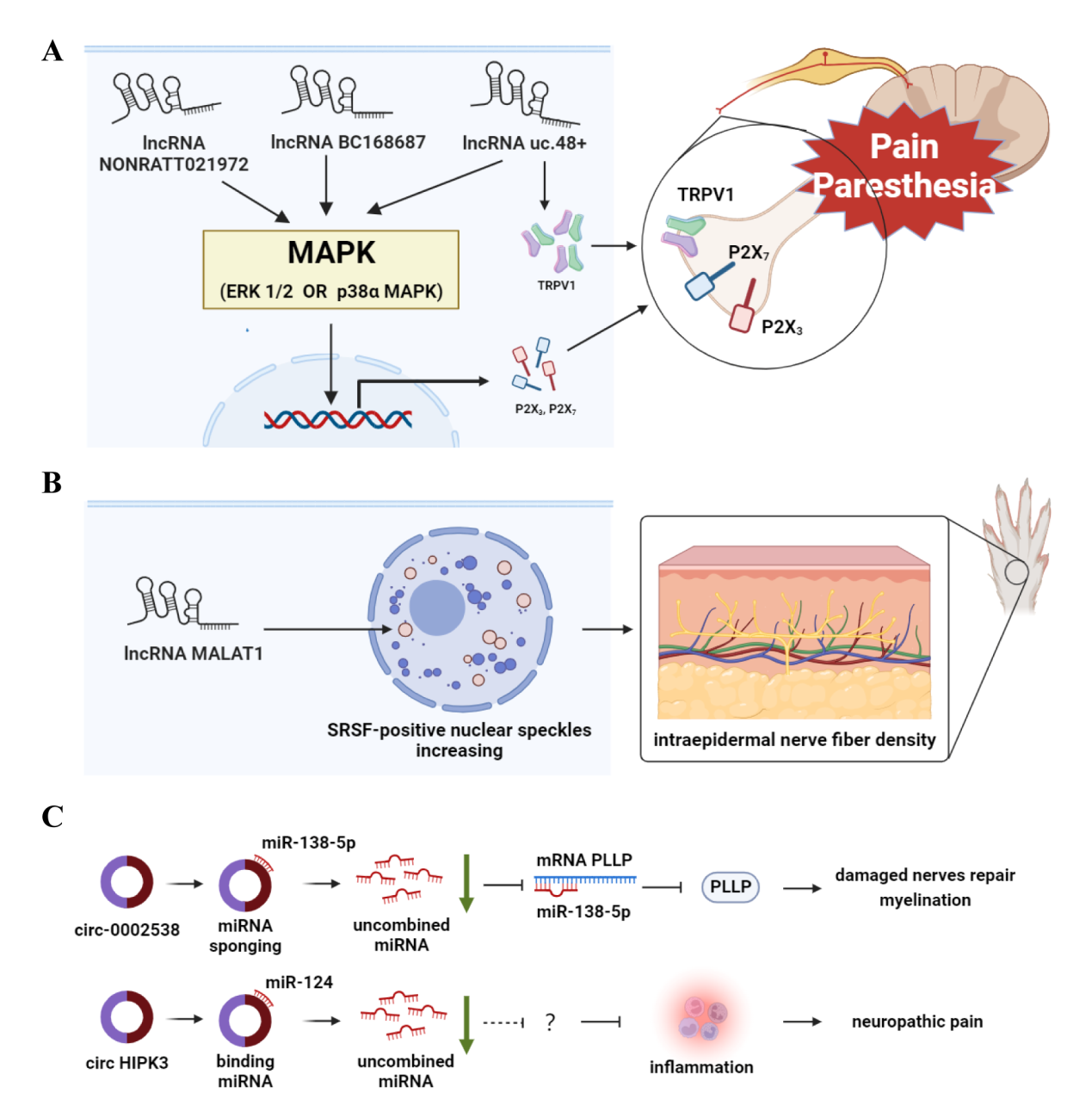Recently, the team led by Qu Ling, Deputy Director of the Department of Traditional Chinese Medicine at PUMCH, published a review in “Metabolism-Clinical and Experimental” (a tier 1 journal, or among the top 5%, as ranked by the Chinese Academy of Sciences, IF: 9.8), exploring the roles and mechanisms of non-coding RNAs in the occurrence and development of diabetic peripheral neuropathy (DPN), as well as the potential value of non-coding RNAs for clinical diagnosis and treatment. They proposed that non-coding RNAs may serve as potential therapeutic targets and early diagnostic biomarkers for DPN, providing a scientific basis for the future clinical translation of the research findings.
Non-coding RNAs are a type of RNAs that do not translate into proteins. They are mainly involved in gene expression and post-transcriptional regulation. They can be divided into microRNAs (miRNAs), long non-coding RNAs (lncRNAs), and circular RNAs (circRNAs), among others. Non-coding RNAs participate in many physiological and pathological processes, such as glucose and lipid metabolism, tumorigenesis, and cardiovascular diseases, by influencing protein expression or inhibiting gene expression.

▲Possible mechanisms of miRNA affecting DPN
DPN is one of the most common complications of diabetes, with a complex pathogenesis that is not yet fully understood. Currently, no early diagnosis or effective treatment methods are available. In animal models of DPN, non-coding RNAs play a role in the progression of DPN by affecting processes such as oxidative stress, apoptosis and cellular autophagy, inflammatory responses, and neuronal axon growth. Therefore, intervening in non-coding RNA levels can help ameliorate the progression of DPN. Furthermore, significant differences in non-coding RNA levels have been found among the blood of healthy individuals, diabetic patients without DPN, and diabetic patients with DPN, suggesting that non-coding RNAs may serve as biomarkers for the early diagnosis of DPN.

▲Possible mechanisms of lncRNAs and circRNAs affecting DPN
The research team investigated the potential roles and mechanisms of non-coding RNAs in DPN, as well as their expression differences across different populations, providing insights into using non-coding RNAs as therapeutic targets and early clinical diagnostic biomarkers for DPN. The team believes that it is necessary for future research to not only dive deeper into the regulatory mechanisms of DPN, but also further explore the potential applications of non-coding RNAs in DPN treatment and diagnosis based on sample date from a larger population.
Edited by Wang Jingxia
Translated by Liu Haiyan
Reviewed by Sun Qing and Wang Yao
